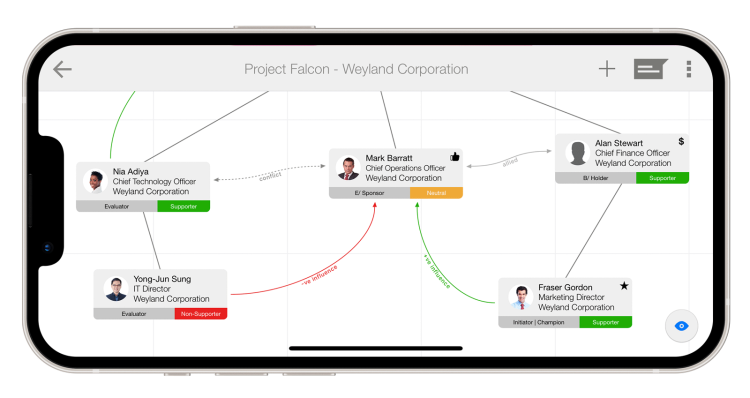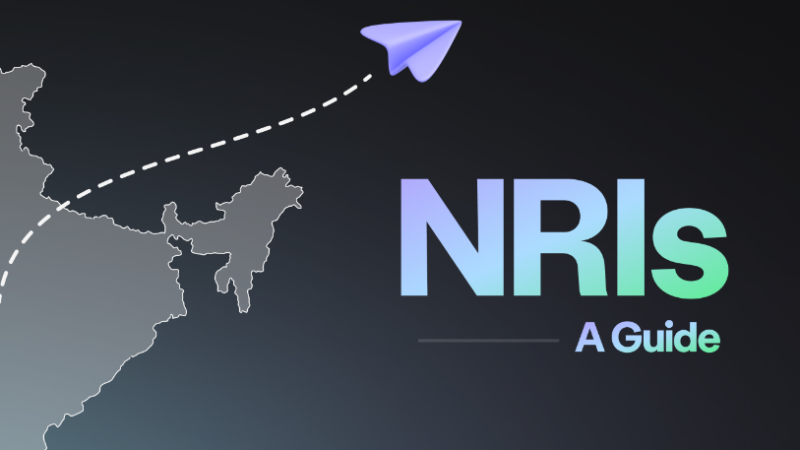Navigating the Intertwined Web: The Power of Relationship Mapping Tools

1. What is a Relationship Mapping Tool?
A Relationship Mapping Tool is a digital platform or application designed to help individuals and organizations visualize, analyze, and manage their networks of relationships. It goes beyond traditional contact lists, providing a dynamic representation of connections to enhance understanding and decision-making.
2. How do Relationship Mapping Tools work?
These tools typically use data inputted by users, such as names, affiliations, and connections. They then generate visual maps that showcase the interdependencies and strengths of relationships. Some tools may also incorporate artificial intelligence and data analytics to offer deeper insights into network dynamics.
3. What are the key features of Relationship Mapping Tools?
Key features include visual representation of connections, comprehensive insights into relationship dynamics, analysis of relationship strength, goal alignment capabilities, and the ability to provide real-time updates. These features collectively contribute to a holistic understanding of one’s network.
4. How can Relationship Mapping Tools benefit individuals personally?
Relationship Mapping Tools assist individuals in personal development by providing insights into the impact of relationships on their growth and well-being. They facilitate self-reflection, helping users make informed decisions about the relationships they prioritize and nurture.
5. In what ways are Relationship Mapping Tools used in professional settings?
These tools find applications in various professional scenarios, such as professional networking, sales, business development, and project management. Professionals use them to identify key contacts, understand decision-making hierarchies, tailor sales strategies, and foster collaboration within project teams.
6. Can Relationship Mapping Tools be integrated with other software or platforms?
Yes, many Relationship Mapping Tools offer integration capabilities with other software and platforms. Integration with project management tools, CRM systems, and communication platforms is common, enhancing the overall efficiency of relationship management.
7. How secure is the data stored in Relationship Mapping Tools?
Security measures vary among different tools, but reputable platforms typically implement robust encryption protocols and adhere to industry standards for data protection. It’s advisable to choose tools that prioritize user privacy and data security.
8. Are Relationship Mapping Tools suitable for large organizations?
Yes, Relationship Mapping Tools can be beneficial for large organizations. They help manage complex networks, improve internal communication, and streamline collaboration. However, the suitability of a specific tool depends on the organization’s unique needs and the scale of its operations.
9. Can Relationship Mapping Tools be used for personal and professional collaboration simultaneously?
Absolutely. Many Relationship Mapping Tools are versatile enough to accommodate both personal and professional relationships. Users can create separate maps or categories to distinguish between various aspects of their lives.
10. How do Relationship Mapping Tools contribute to goal alignment?
Relationship Mapping Tools allow users to align their goals with their network by providing a clear understanding of how each connection contributes to overarching objectives. This ensures that efforts are directed toward maintaining and nurturing relationships that align with personal or professional goa
Relationship Mapping Tools are digital platforms or applications that enable individuals and organizations to visualize and analyze their networks. These tools go beyond traditional contact lists and provide a dynamic representation of connections, helping users identify key influencers, strengthen existing ties, and discover new opportunities.
Key Features and Benefits:
- Visual Representation: Relationship Mapping Tools offer a visual representation of connections, creating interactive maps that illustrate the interdependencies among individuals or entities. This visual approach enhances comprehension and reveals patterns that may be overlooked in traditional formats.
- Comprehensive Insights: These tools generate comprehensive insights into relationship dynamics, allowing users to categorize connections, identify strengths and weaknesses, and recognize potential areas for growth. The depth of information empowers users to make informed decisions in both personal and professional spheres.
- Relationship Strength Analysis: By assigning attributes or scores to connections, Relationship Mapping Tools help users gauge the strength of each relationship. This analysis assists in prioritizing efforts, ensuring that time and resources are allocated effectively to maintain and nurture valuable connections.
- Goal Alignment: Users can align their goals with their network through these tools. Whether it’s personal development or professional advancement, understanding how connections contribute to overarching objectives is essential. Relationship Mapping Tools provide clarity on goal alignment within the intricate web of relationships.
- Dynamic Updates: Relationships are dynamic, and so is the information associated with them. Relationship Mapping Tools often come equipped with features that allow for real-time updates, ensuring that users have access to the latest information about their connections.
Applications in Personal and Professional Settings:
- Professional Networking: Relationship Mapping Tools are invaluable for professionals looking to expand their network, identify potential mentors or collaborators, and enhance their overall career trajectory.
- Sales and Business Development: Businesses can utilize these tools to identify key stakeholders, understand decision-making hierarchies, and tailor their approach to effectively navigate complex sales processes.
- Project Management: Relationship Mapping Tools can be integrated into project management workflows, facilitating collaboration and communication among team members by highlighting the connections between individuals involved in a project.
- Personal Development: On a personal level, these tools aid in self-reflection, helping individuals understand the impact of their relationships on personal growth and well-being.
Conclusion:
Relationship Mapping Tools are more than just digital address books; they are powerful instruments that unlock the potential within our networks. By providing visual clarity, insightful analysis, and dynamic updates, these tools empower individuals and organizations to navigate the intricacies of relationships with precision and purpose, fostering growth, collaboration, and success. Embracing the era of Relationship Mapping Tools is not just a technological leap, but a strategic move towards building a more interconnected and fulfilling future.
1. What is a Relationship Mapping Tool?
A Relationship Mapping Tool is a digital platform or application designed to help individuals and organizations visualize, analyze, and manage their networks of relationships. It goes beyond traditional contact lists, providing a dynamic representation of connections to enhance understanding and decision-making.
2. How do Relationship Mapping Tools work?
These tools typically use data inputted by users, such as names, affiliations, and connections. They then generate visual maps that showcase the interdependencies and strengths of relationships. Some tools may also incorporate artificial intelligence and data analytics to offer deeper insights into network dynamics.
3. What are the key features of Relationship Mapping Tools?
Key features include visual representation of connections, comprehensive insights into relationship dynamics, analysis of relationship strength, goal alignment capabilities, and the ability to provide real-time updates. These features collectively contribute to a holistic understanding of one’s network.
4. How can Relationship Mapping Tools benefit individuals personally?
Relationship Mapping Tools assist individuals in personal development by providing insights into the impact of relationships on their growth and well-being. They facilitate self-reflection, helping users make informed decisions about the relationships they prioritize and nurture.
5. In what ways are Relationship Mapping Tools used in professional settings?
These tools find applications in various professional scenarios, such as professional networking, sales, business development, and project management. Professionals use them to identify key contacts, understand decision-making hierarchies, tailor sales strategies, and foster collaboration within project teams.
6. Can Relationship Mapping Tools be integrated with other software or platforms?
Yes, many Relationship Mapping Tools offer integration capabilities with other software and platforms. Integration with project management tools, CRM systems, and communication platforms is common, enhancing the overall efficiency of relationship management.
7. How secure is the data stored in Relationship Mapping Tools?
Security measures vary among different tools, but reputable platforms typically implement robust encryption protocols and adhere to industry standards for data protection. It’s advisable to choose tools that prioritize user privacy and data security.
8. Are Relationship Mapping Tools suitable for large organizations?
Yes, Relationship Mapping Tools can be beneficial for large organizations. They help manage complex networks, improve internal communication, and streamline collaboration. However, the suitability of a specific tool depends on the organization’s unique needs and the scale of its operations.
9. Can Relationship Mapping Tools be used for personal and professional collaboration simultaneously?
Absolutely. Many Relationship Mapping Tools are versatile enough to accommodate both personal and professional relationships. Users can create separate maps or categories to distinguish between various aspects of their lives.
10. How do Relationship Mapping Tools contribute to goal alignment?
Relationship Mapping Tools allow users to align their goals with their network by providing a clear understanding of how each connection contributes to overarching objectives. This ensures that efforts are directed toward maintaining and nurturing relationships that align with personal or professional goals.






